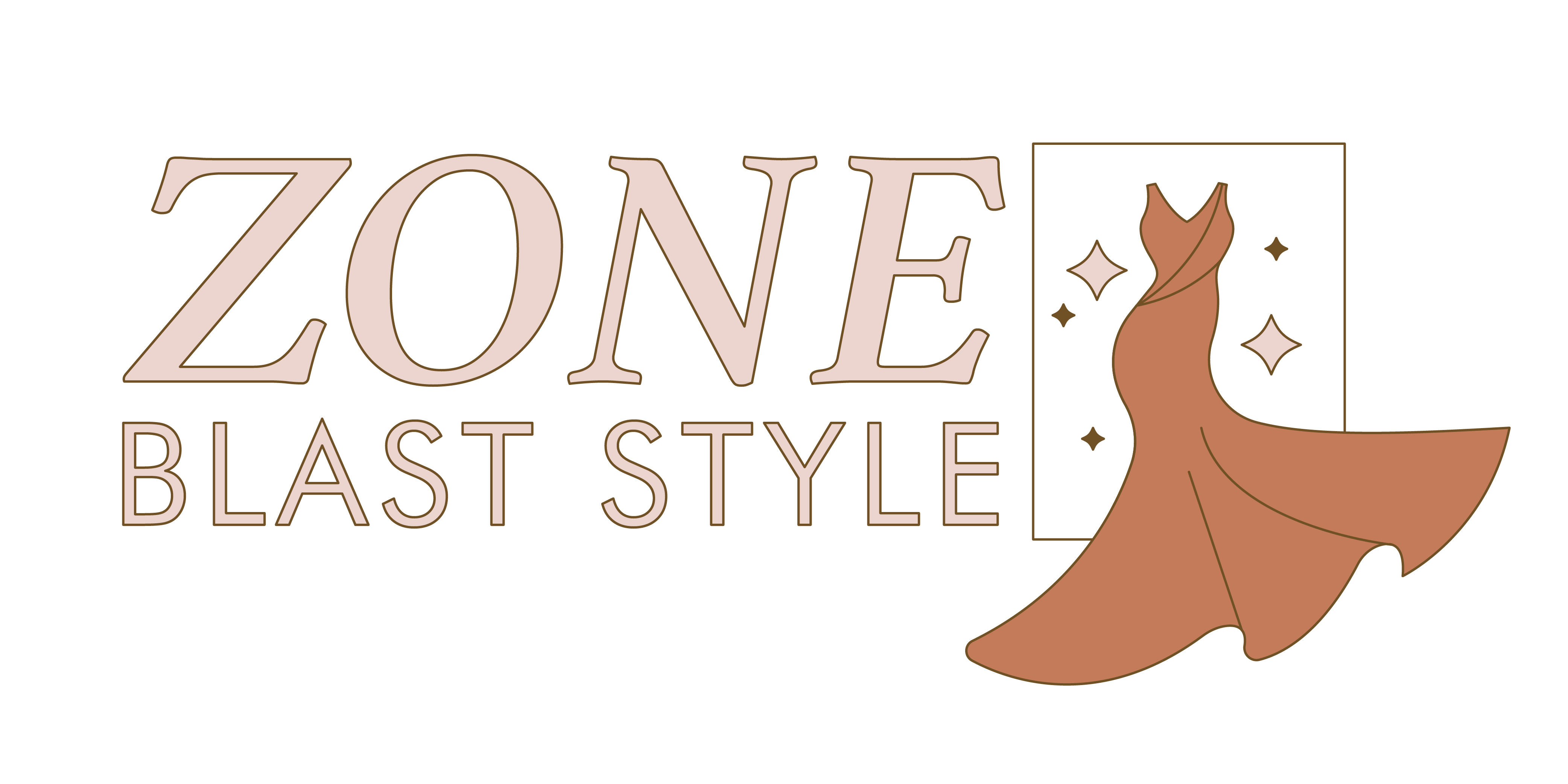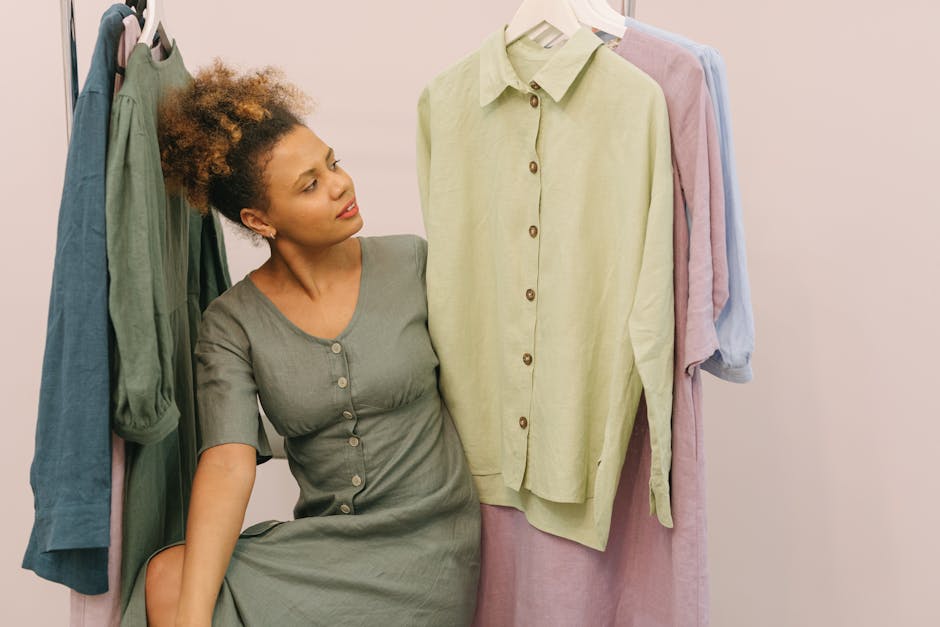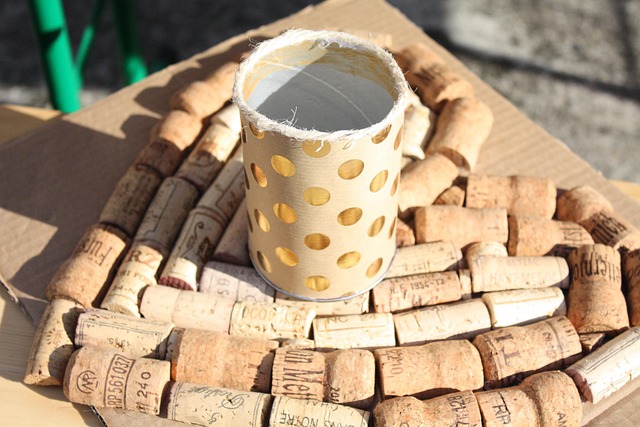Why Sustainable Fashion Matters
Let’s not sugarcoat it—fashion is one of the most polluting industries on Earth. From toxic dye runoff to overflowing landfills packed with barely worn clothes, the lifecycle of a typical garment is short and dirty. It’s fast, cheap, and wasteful by design.
Fast fashion thrives on speed and repetition. The model pushes out new styles every week, training consumers to treat clothes like single-use products. But the impact is brutal: carbon emissions, water waste, and microfiber pollution, just for starters.
The shift now? Conscious consumption. People are waking up to the fact that choices matter—what you buy, how often, and from whom. More creators, influencers, and everyday consumers are pushing for transparency and longevity. They’re asking better questions and demanding better answers.
It’s not just up to brands anymore. The consumer role has changed—from passive buyer to active participant in how fashion evolves. The industry listens when enough of us speak with our wallets. Sustainable fashion isn’t a trend. It’s a reset.
Rule #1: Buy Less, Choose Smarter
Overconsumption doesn’t just clutter your closet; it burns through resources and fuels an industry that thrives on waste. Most fast fashion is designed to fall apart—or fall out of trend—within months. That cycle of impulse buying and quick discards comes with a cost: environmentally, ethically, and financially.
The antidote? Get sharper about what you bring into your wardrobe. Start by looking for quality. Is the stitching clean and tight? Does the fabric feel substantial, not flimsy? Are the buttons sewn on to last, or hanging by a thread? A good piece won’t just look better—it’ll wear better, season after season.
Enter the “30 wears” rule: ask yourself if you’ll wear something at least thirty times before you buy it. Sounds basic, but it’s surprisingly effective. If the answer’s no, chances are it’ll end up as clutter. This mindset is less about deprivation and more about intentionality. Fewer items, better choices, longer runway.
You don’t need more. You need better—and less of it.
Rule #2: Know Your Materials
Not all fabrics are created equal—and knowing the difference matters more than ever. Natural fabrics like organic cotton, linen, hemp, and TENCEL tend to break down more easily in the environment, and when grown or processed responsibly, they carry a much lighter footprint. Still, natural doesn’t always mean ethical. Cotton, for example, can be water-intensive and pesticide-heavy unless certified.
That brings us to labels. Cut through the marketing noise by looking for third-party certifications that actually vet materials and production processes. GOTS (Global Organic Textile Standard) covers the entire supply chain for organic fibers. OEKO-TEX ensures finished textiles are free from harmful chemicals. If it’s not certified, take bold claims with a grain of salt.
Now, on to recycled fabrics. They sound like the holy grail, but they’re not perfect. Recycled polyester still releases microplastics when washed, and the recycling process itself can create more emissions than expected. The key is balance—recycled fibers are a step forward, but not a free pass to overconsume.
The bottom line: choose materials with intention. The best option is rarely perfect, but it’s often better—and better adds up.
Rule #3: Shop Secondhand — and Be Proud of It
Secondhand fashion is no longer just a budget option—it’s a conscious style statement. From curated vintage boutiques to neighborhood clothing swaps, the secondhand movement is growing rapidly. Not only does it reduce waste and extend the life of garments, it also adds a layer of character to your wardrobe that fast fashion can’t replicate.
What’s Trending in Secondhand Style
- Thrifting: From local thrift shops to nationwide chains, thrifting continues to grow in popularity—especially among Gen Z and millennials.
- Vintage Finds: Vintage pieces (often defined as 20+ years old) are having a moment. Look for denim, leather, and iconic designer items that stand the test of time.
- Clothing Swaps: Organized swaps—both casual and formal—are a great way to refresh your closet without spending a dime.
Finding Pieces with Personality
Whether you’re exploring a thrift shop or scrolling online, here’s how to find secondhand treasures that stand out:
- Know your style staples so you can spot them in any setting
- Look for unique patterns, textures, and construction that set a piece apart
- Try on or verify sizing—different eras and brands fit differently
- Inspect quality carefully to ensure longevity and value
Skip Retail with These Online Platforms
Want the convenience of digital but the charm of secondhand? Try these popular resale sites:
- Depop: Youth-driven, trend-focused, great for discovering one-of-a-kind items
- thredUP: Offers a wide variety of secondhand clothes at affordable prices
- Poshmark: Connects buyers and sellers directly; good for mid-tier and designer brands
- The RealReal: Luxury resale, with authentication for designer pieces
- Vinted: User-friendly and growing in popularity, especially in Europe
Secondhand shopping isn’t just sustainable—it’s genuinely rewarding. Each item tells a story, fits differently, and sets you apart in a way that mass-produced fashion can’t. Embrace the hunt, and wear your finds with pride.
Rule #4: Support Responsible Brands
“Ethical fashion” gets tossed around a lot—but here’s what it really means: fair treatment of workers, safe working conditions, transparency in sourcing, and low-impact production. It’s not just about being organic or plastic-free. It’s about doing business without exploiting people or the planet.
Doing a quick background check on brands doesn’t require a degree in investigative journalism. Start with their website—if they’re serious about sustainability, their impact reports, supply chain details, and values should be easy to find. Look for third-party certifications like Fair Trade, B Corp, or WRAP. No overselling, no vague poetry—just facts.
Also, when a brand screams “eco” but won’t tell you where they make their clothes, that’s a flag. Real sustainable brands don’t hide their process behind buzzwords. They show, don’t just tell. Pay attention to their materials, their labor policies, and how openly they talk about mistakes and ongoing improvements.
(Dive deeper: The Future of Fashion: Innovations in Sustainable Design)
Rule #5: Repair, Re-wear, Repurpose
You don’t need a sewing degree to extend the life of your clothes. A few basic fixes go a long way—think tightening a loose button, darning a small tear, or using iron-on patches to cover up worn spots. Even a quick stitch or fabric glue can make a difference. Learning these low-effort repairs keeps garments in circulation and out of landfills.
Before tossing something, ask yourself: can I repurpose it instead? That tired tee might make a solid tank or sleep shirt. Too-short jeans? Cut them into shorts. Got a hoodie that’s faded but cozy? Dye it black—it’s a classic fix that reinvents the whole vibe.
And don’t underestimate the impact of re-wearing with intention. Mix pieces differently. Add layers, accessories, or switch up textures. Turn a formerly boring outfit into something people ask about.
You already own more than you think. The trick is looking at it with fresh eyes and refusing to treat clothes as disposable.
Bonus Habits That Matter
Being eco-conscious doesn’t stop at checkout. The way you care for clothes matters just as much as the pieces you buy. First, wash less. Really. Most clothes don’t need a spin after every wear. When you do run a load, opt for cold water and a detergent that’s biodegradable and chemical-free. It’s better for fabrics, bills, and the planet.
Next up: microplastics. Synthetic fabrics like polyester shed tiny plastic fibers every time they’re washed. And yes, those end up in our waterways. A simple fix? Use a microfiber-catching laundry bag or filter. And when possible, choose natural fibers in the first place to sidestep the problem entirely.
Finally, stay sharp. Sustainable fashion is a fast-moving space. Subscribe to a trusted newsletter, stream an occasional documentary, or drop in on local events. Staying informed turns good habits into a lifestyle—and makes sure you’re not falling for the next round of greenwashed marketing.
You don’t need to be perfect. Just keep leaning in.
Final Take
Eco-friendly fashion isn’t about nailing every rule. It’s about making smarter choices most of the time. You won’t find perfection here—what matters is progress. Buy one less fast fashion haul. Choose natural fabric over synthetic once this month. Repair instead of replace. These aren’t grand gestures, but when enough people commit to small shifts, the ripple effect is real.
The key is to start somewhere. Pick one rule that feels doable and build from there. Maybe it’s thrifting. Maybe it’s learning how to sew on a button. Whatever sticks is the right place to begin. This is less about guilt and more about momentum. Wear your values until they become second nature.


 Style & Culture Writer
Style & Culture Writer
